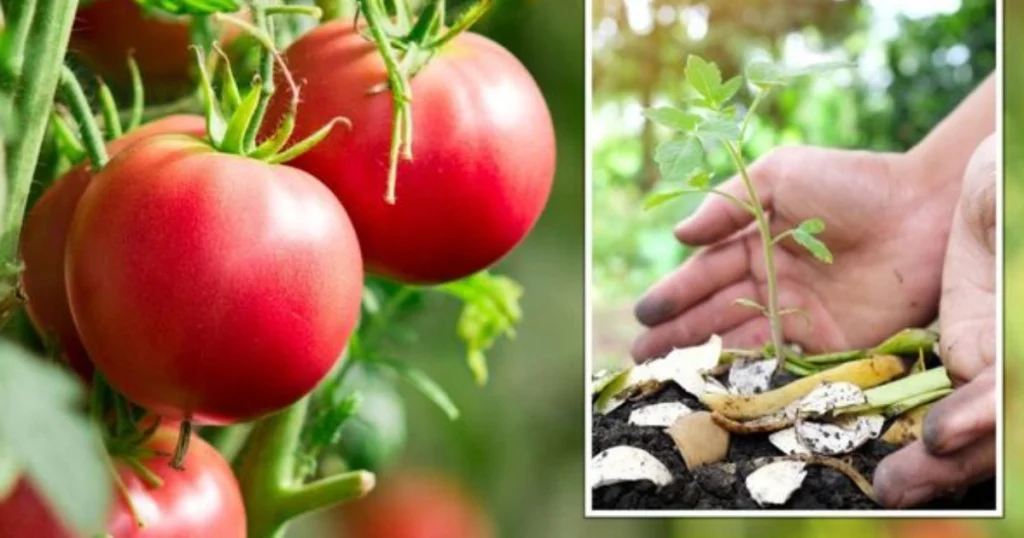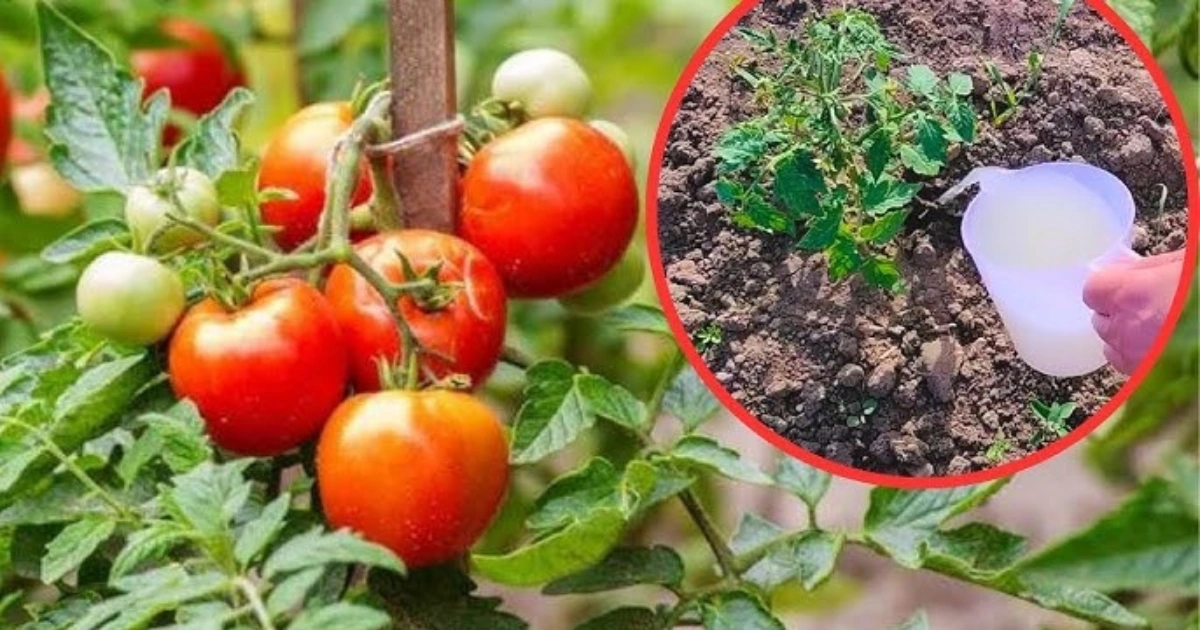Growing vibrant tomatoes and peppers often comes down to one key factor: strong, disease-resistant seedlings. While many gardeners rely on chemical fertilizers, a surprisingly powerful organic solution lies in your kitchen cabinet—bay leaves.
This ancient herb is more than just a flavor enhancer. Bay leaf fertilizer is emerging as a game-changing tool for organic gardening, especially when it comes to solanaceous crops like tomatoes and peppers. Packed with beneficial compounds, this natural supplement can enhance root strength, improve plant immunity, and dramatically boost harvests.

Why Bay Leaves Benefit Tomato and Pepper Plants
Bay leaves contain a rich profile of vitamins, minerals, and organic acids that promote healthy plant development at every stage. Here’s what makes them especially effective:
- B vitamins and Vitamin A support early growth and boost metabolism in seedlings.
- Nicotinic acid strengthens root systems and enhances nutrient absorption, particularly useful for young plants in low light conditions.
- Potassium, iodine, and manganese play a crucial role in flowering and fruiting, helping plants produce more blooms and larger fruits.
- Tannins and carotene act as natural fungicides, protecting roots and leaves from mold, rot, and bacterial pathogens.
Using bay leaves as fertilizer isn’t just about providing nutrients—it’s about creating the right environment for plants to thrive naturally.
Benefits of Bay Leaf Fertilizer for Seedlings and Mature Plants
1. Promotes Seedling Growth
Young tomato and pepper seedlings need balanced energy and rapid cell development. The vitamins in bay leaves assist in converting stored carbohydrates into usable energy, helping stems and leaves grow stronger and faster.
2. Enhances Root Health
Nicotinic acid (vitamin B3) stimulates root elongation, improving stability and allowing better uptake of water and nutrients. This is especially helpful when transplanting or growing in containers.
3. Prevents Fungal Infections
Tannins in bay leaves create a hostile environment for fungal spores. This can significantly reduce the incidence of soil-borne diseases like blackleg, mold, and damping-off in seedlings.
4. Increases Flowering and Yield
By delivering key micronutrients like potassium and manganese, bay leaf fertilizer supports reproductive development. The result? More flowers, improved fruit set, and a richer harvest.
How to Prepare Bay Leaf Fertilizer at Home
Making your own bay leaf fertilizer is easy and affordable. Here are two effective methods:
Method 1: Dry Powder for Soil Enrichment
- Gather Ingredients
- Use dried bay leaves, either store-bought or home-dried.
- Grind to Powder
- Crush leaves into a fine powder using a mortar, blender, or spice grinder.
- Mix with Soil
- Use 1–2 teaspoons of powder per kilogram of potting soil. Mix thoroughly before sowing seeds or transplanting.
Method 2: Bay Leaf Infusion for Liquid Feeding
- Prepare the Infusion
- Boil 10 dried bay leaves in 1 liter of water.
- Cool and Strain
- Let the liquid cool, then strain out the leaves.
- Apply
- Water seedlings with this solution every two weeks, or spray directly on leaves for added protection.
Both methods are safe for organic gardens and suitable for use throughout the growing season.
Application Guidelines
- Apply bay leaf powder once every 30 days during the seedling phase.
- For mature plants, mix the powder into the soil at the start of the season.
- Use infused bay water biweekly as a foliar spray or root drench for ongoing support.
Always store dried bay leaf powder in a sealed container to maintain its potency.
Results to Expect
Gardeners who use bay leaf fertilizer consistently report:
- Healthier seedlings with thicker stems and broader leaves
- Greater resilience against disease and environmental stress
- Up to five times more fruit production in tomatoes and peppers
- Reduced reliance on synthetic fertilizers
Whether you garden in pots, raised beds, or open soil, this all-natural fertilizer offers a sustainable and powerful way to nurture your plants.
Frequently Asked Questions
Can I use fresh bay leaves instead of dried ones?
Yes, but dried bay leaves are more concentrated. If using fresh, double the quantity in recipes.
Is bay leaf fertilizer safe for other plants?
Absolutely. Herbs, leafy greens, and even flowering ornamentals can benefit from the nutrients in bay leaves.
How often should I use bay leaf spray on my plants?
Apply every two weeks during the growing season for optimal results.
Does bay leaf fertilizer repel pests?
It can help deter some insects and fungal issues due to its tannins, but it’s not a complete pest control solution.
Where can I find organic bay leaves in bulk?
Look for certified organic options at herbal supply stores or online retailers specializing in natural gardening.
Internal Linking Suggestions from secretsofthegreengarden.com
- How to Make Natural Tomato Fertilizer at Home
- Best Organic Sprays to Boost Vegetable Growth
- Beginner’s Guide to Container Gardening
External Resource Suggestions
- University of California Agriculture and Natural Resources: Tomato Growing Tips
- The Old Farmer’s Almanac: Companion Planting with Peppers
- Royal Horticultural Society: Organic Fertilizers Guide
Summary
Using bay leaves as fertilizer offers an easy, natural, and eco-friendly way to strengthen tomatoes and peppers. Rich in essential nutrients and plant-boosting compounds, bay leaf powder or infusion can make a notable difference in plant health and harvest size. It’s a small change that can yield big results—and best of all, it’s affordable and sustainable.
SEO Summary
- Main keyword: bay leaf fertilizer
- LSI/NLP keywords: natural fertilizer for tomatoes, organic fertilizer for peppers, how to grow healthy seedlings, bay leaf plant benefits, homemade plant tonic, tomato seedling booster, natural plant immunity, organic growth enhancer
- Internal link suggestions:
- How to Make Natural Tomato Fertilizer at Home
- Best Organic Sprays to Boost Vegetable Growth
- Beginner’s Guide to Container Gardening
- External link suggestions:
- University of California Agriculture and Natural Resources: Tomato Growing Tips
- The Old Farmer’s Almanac: Companion Planting with Peppers
- Royal Horticultural Society: Organic Fertilizers Guide


https://t.me/s/official_1win_aviator/101
https://t.me/s/official_1win_aviator/27
https://t.me/s/reyting_topcazino/24